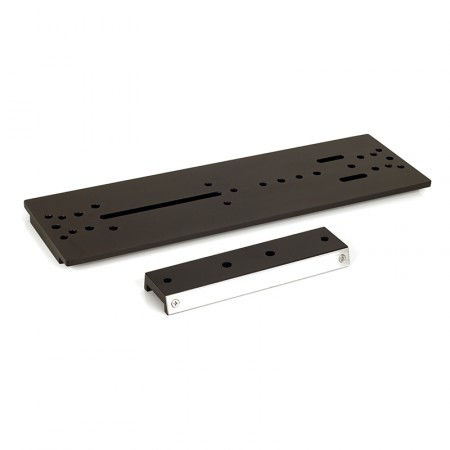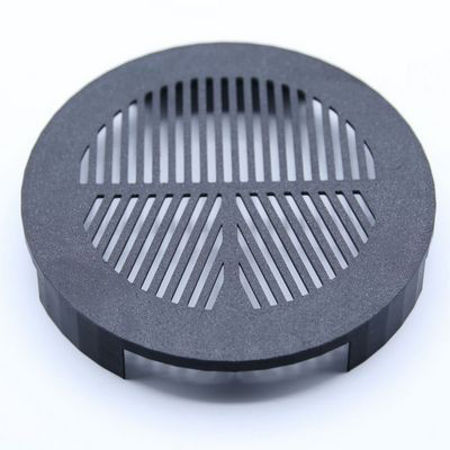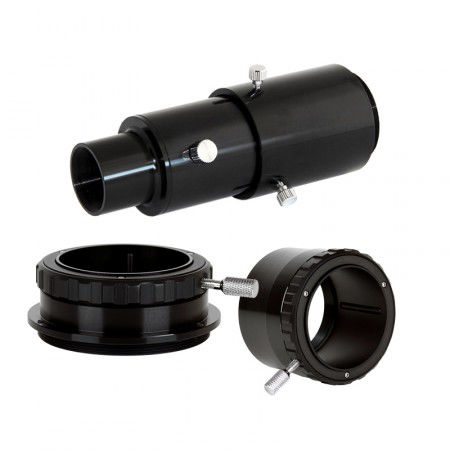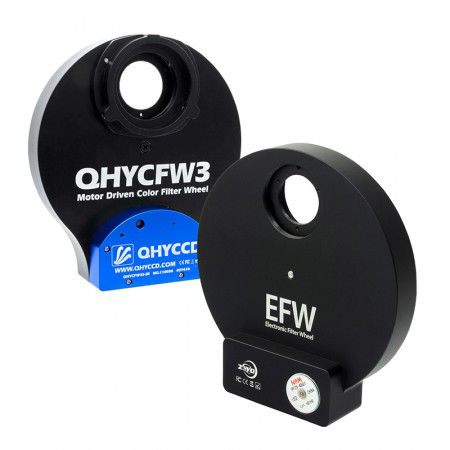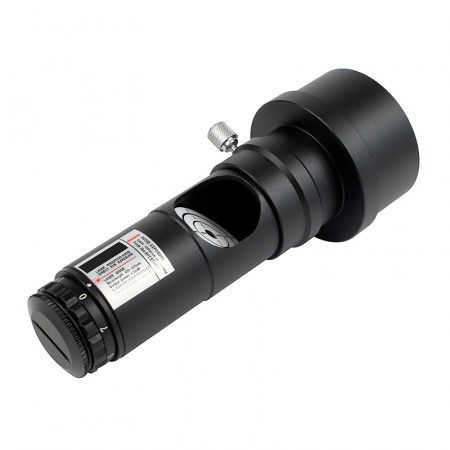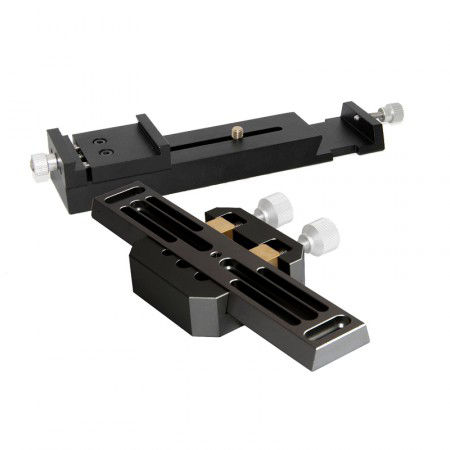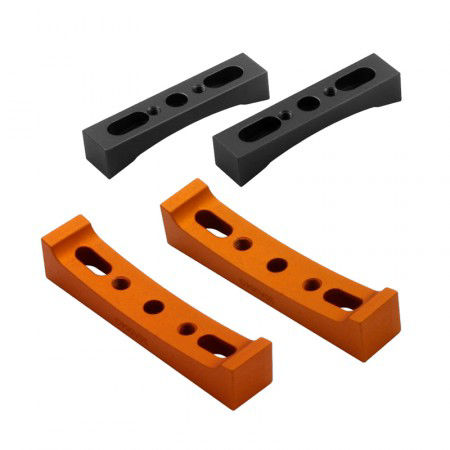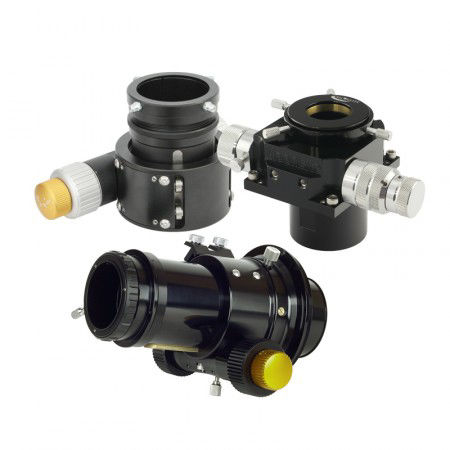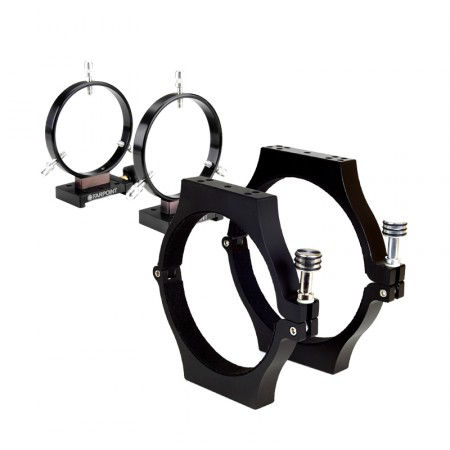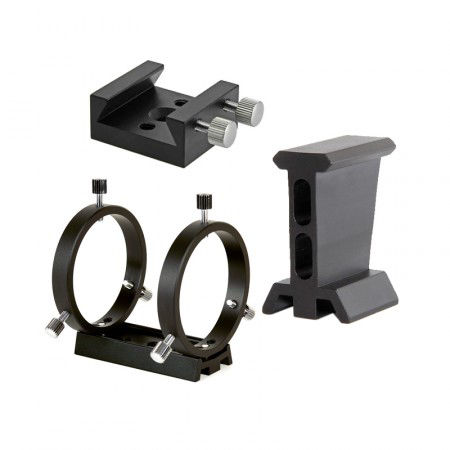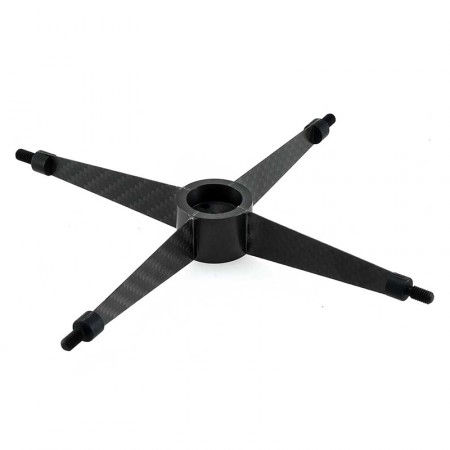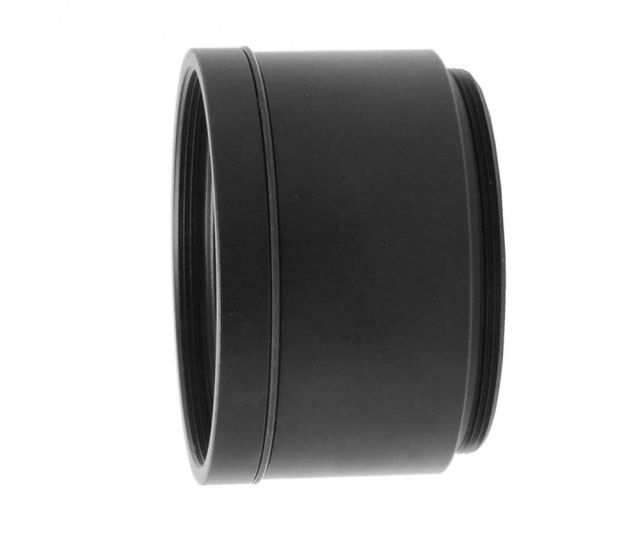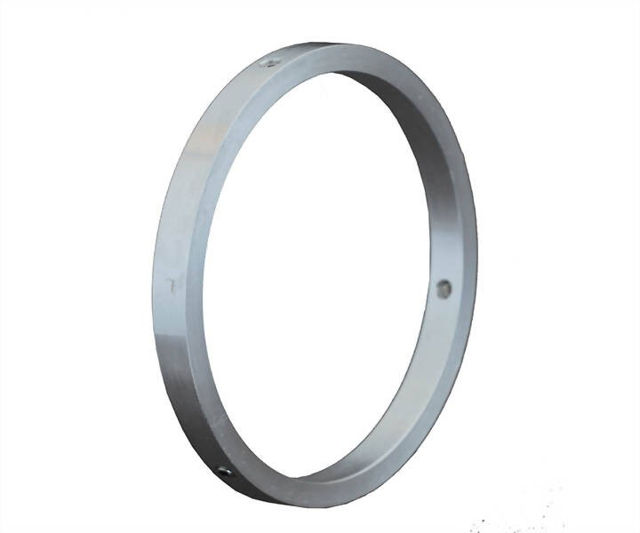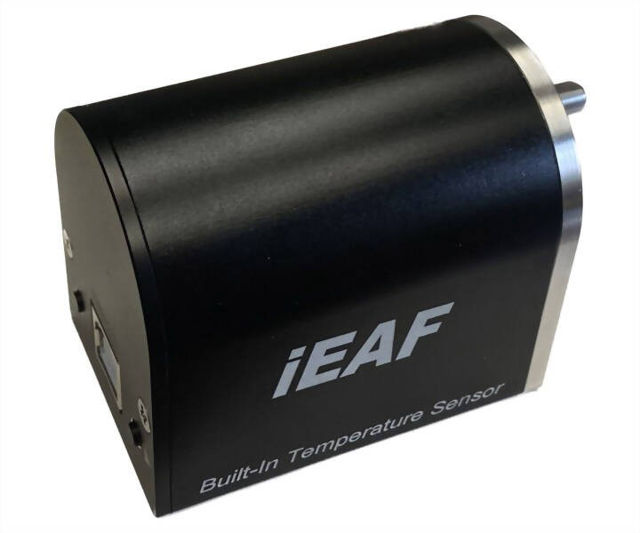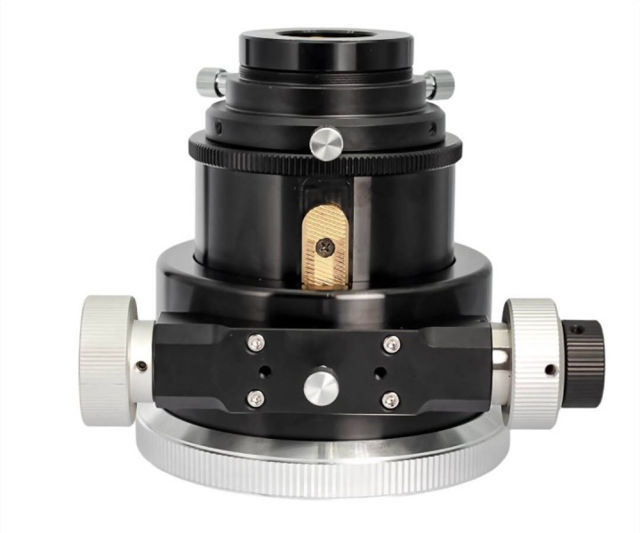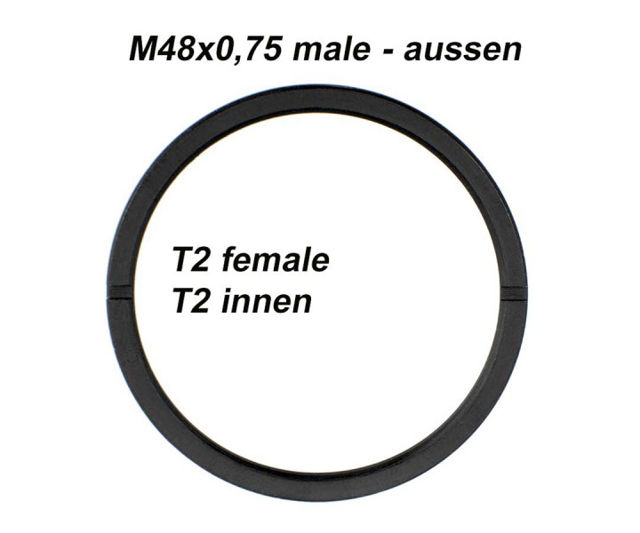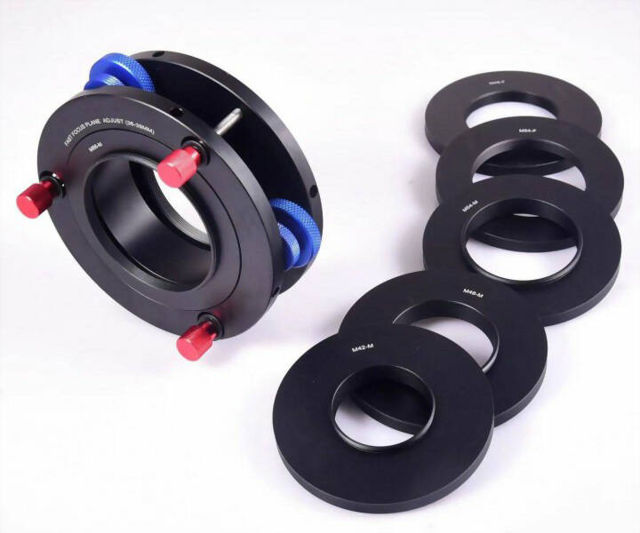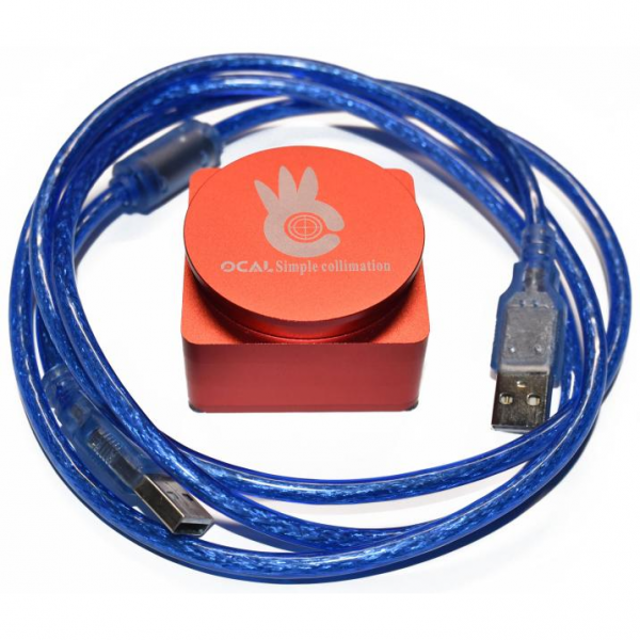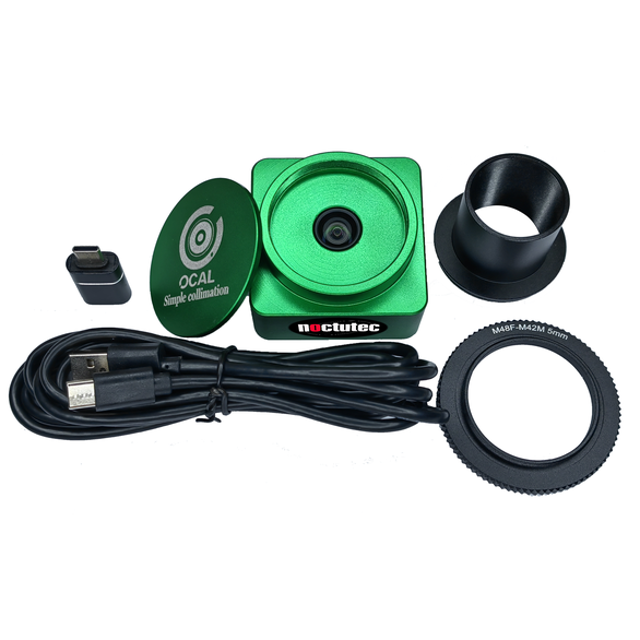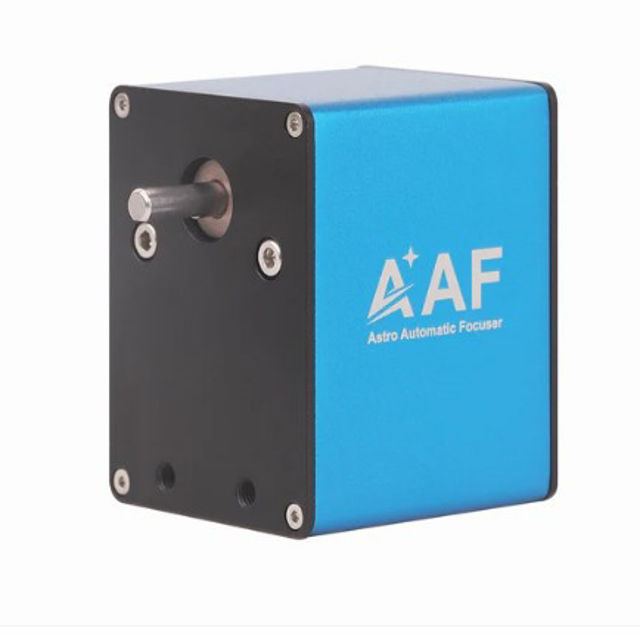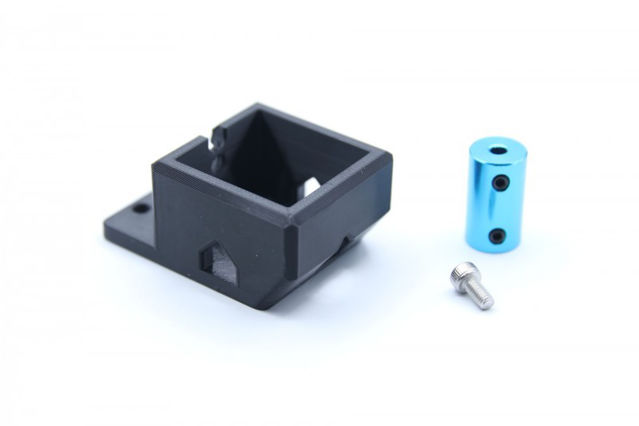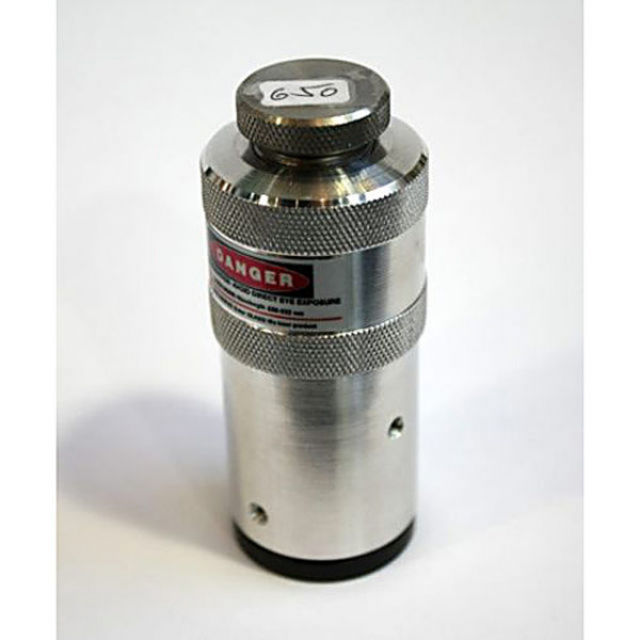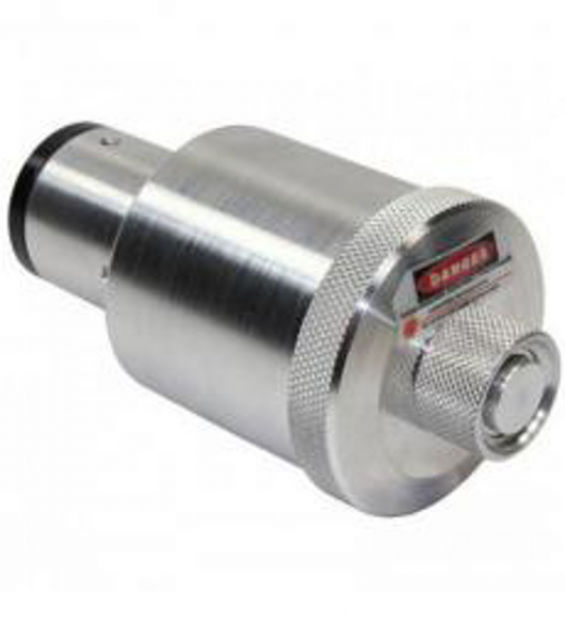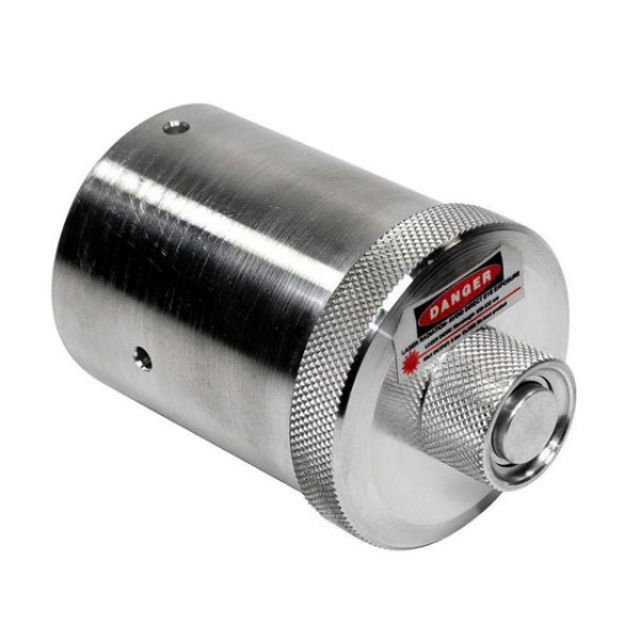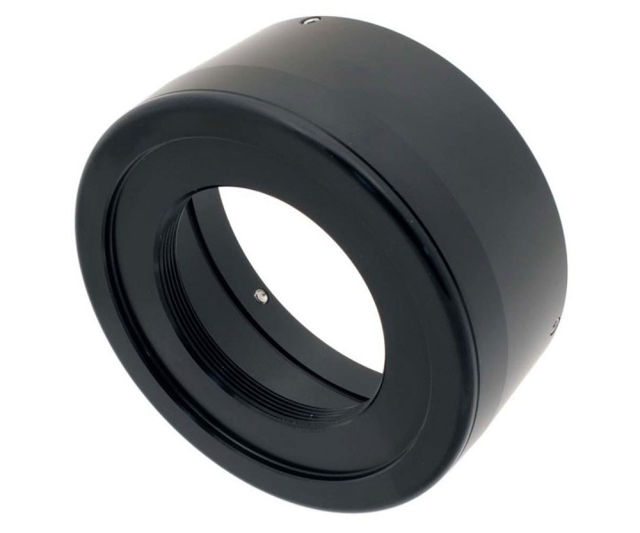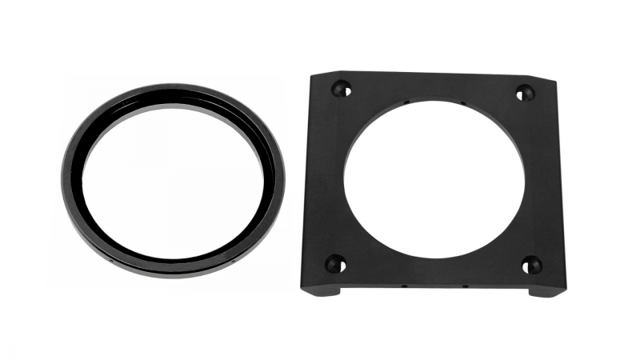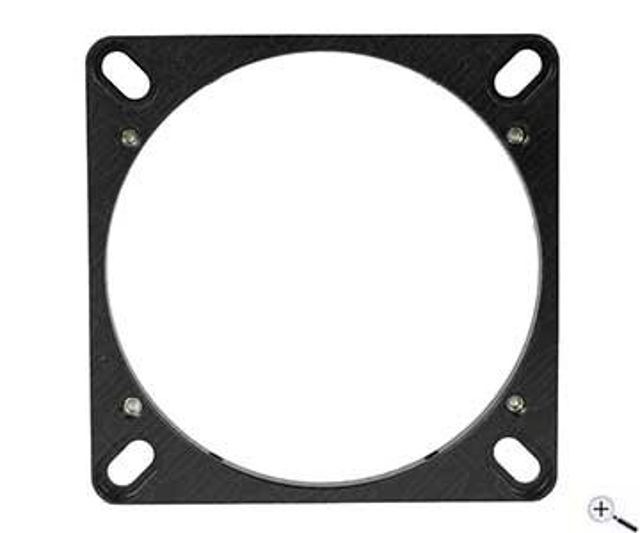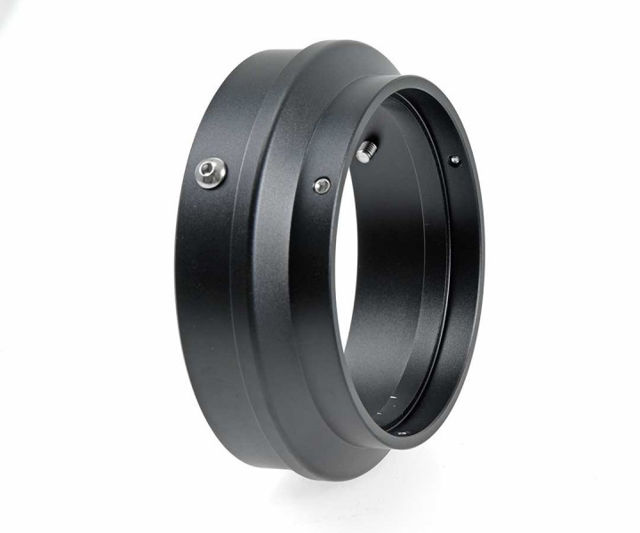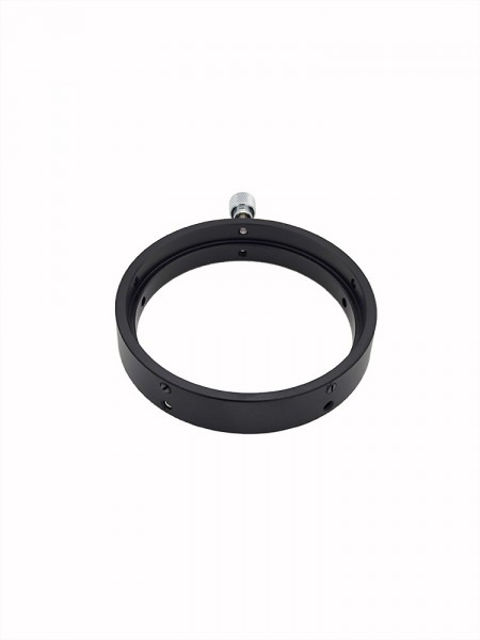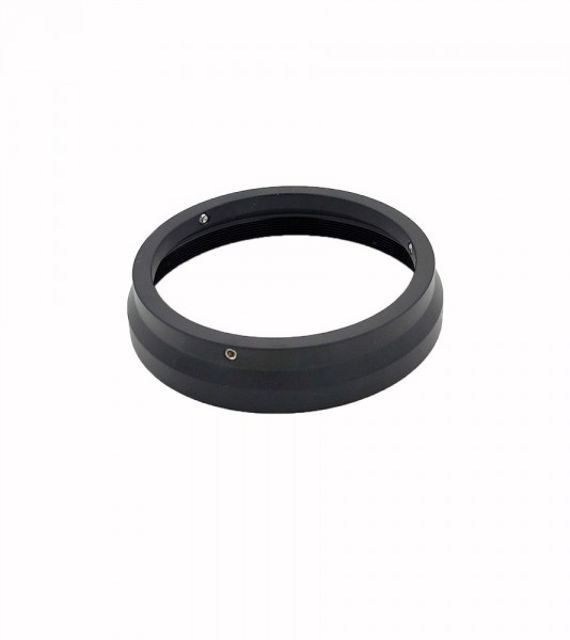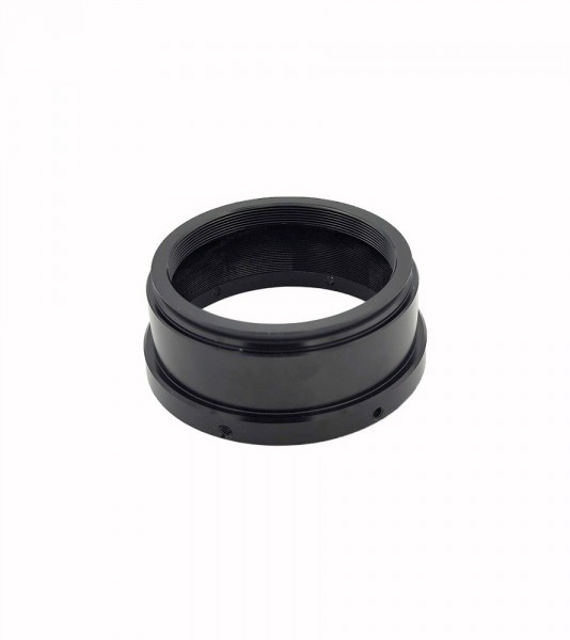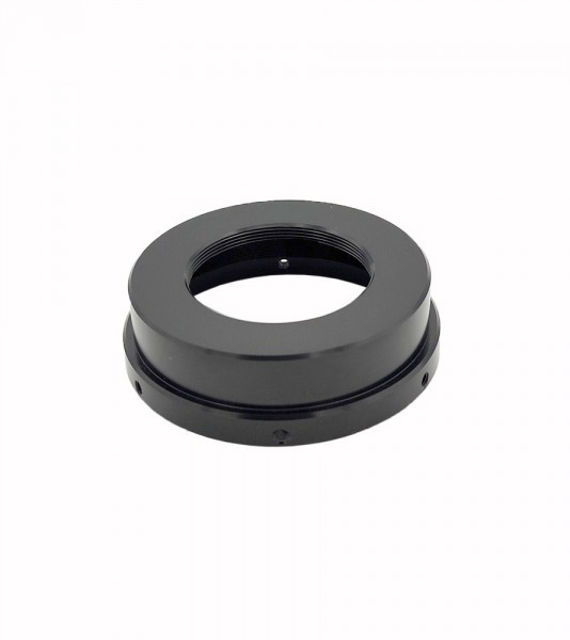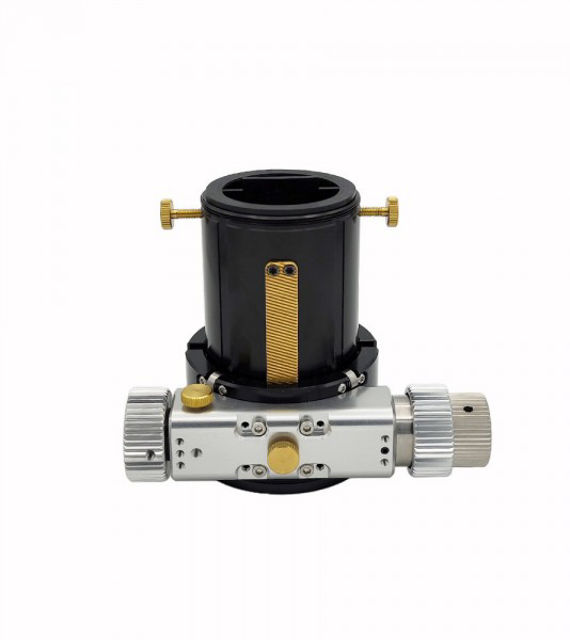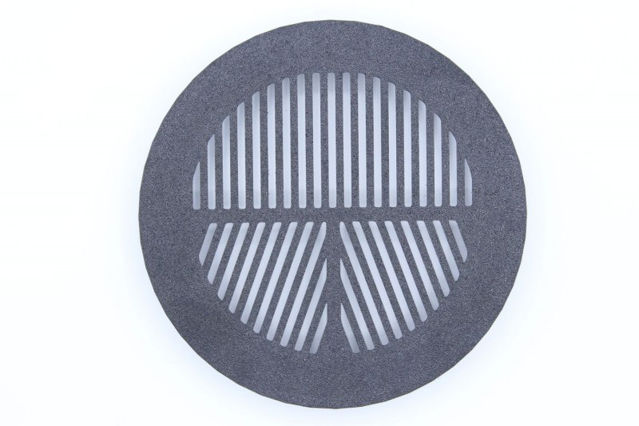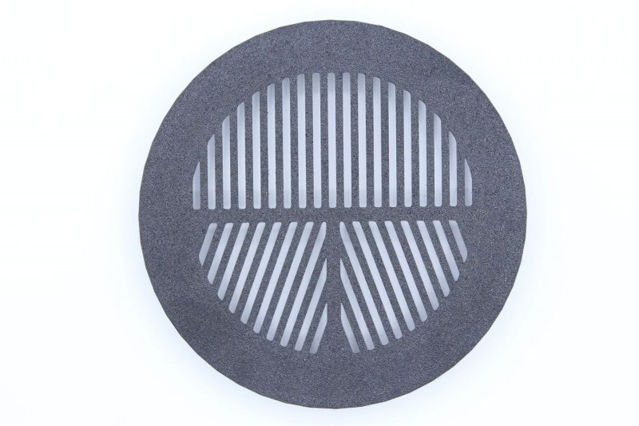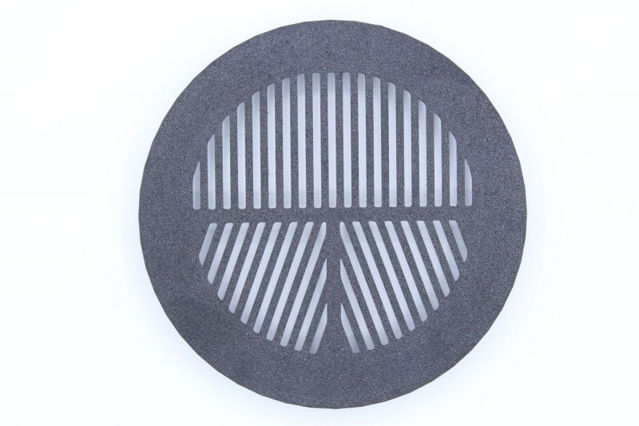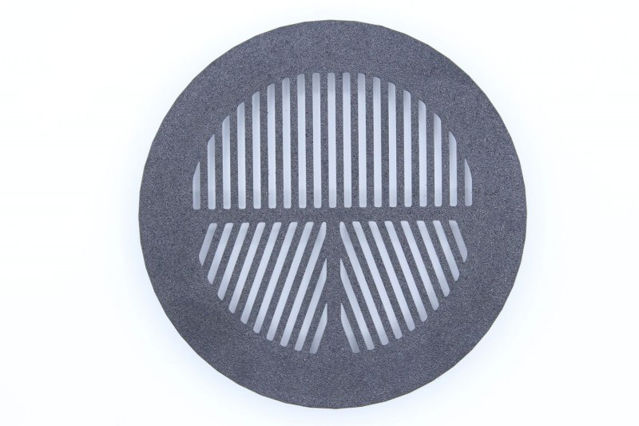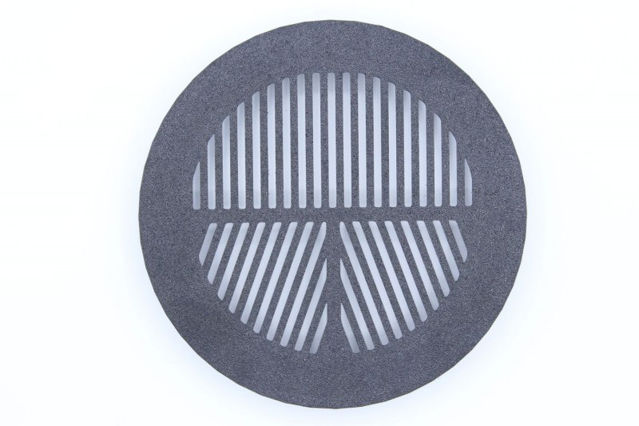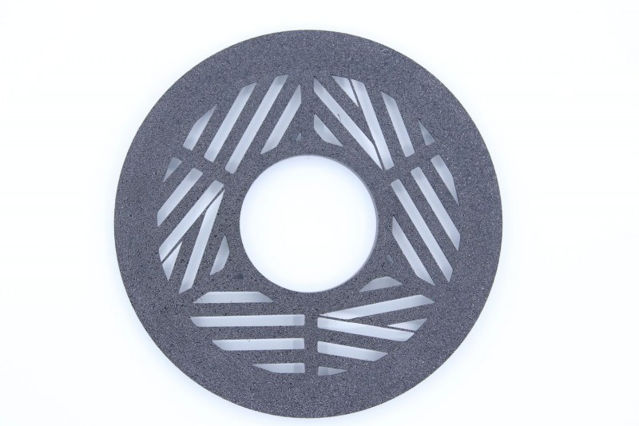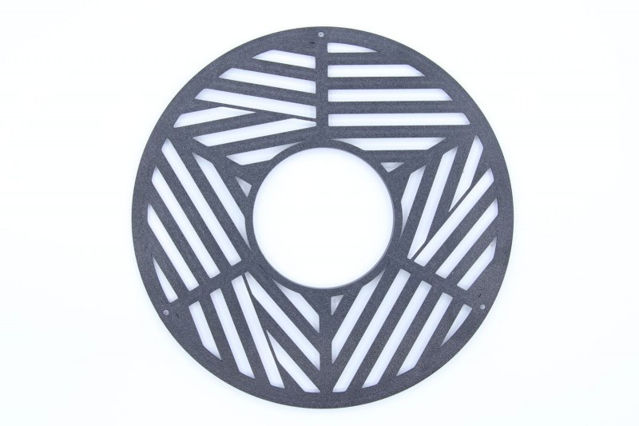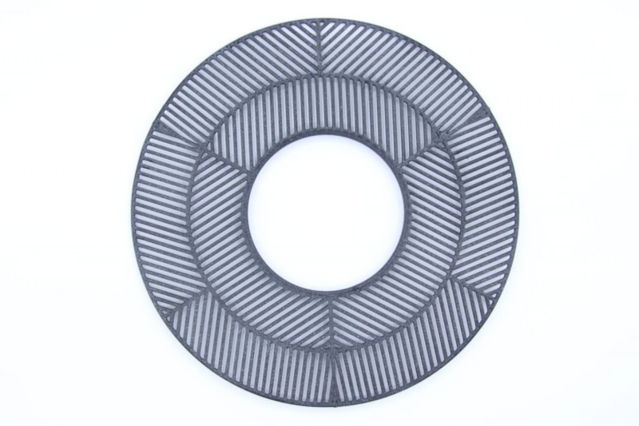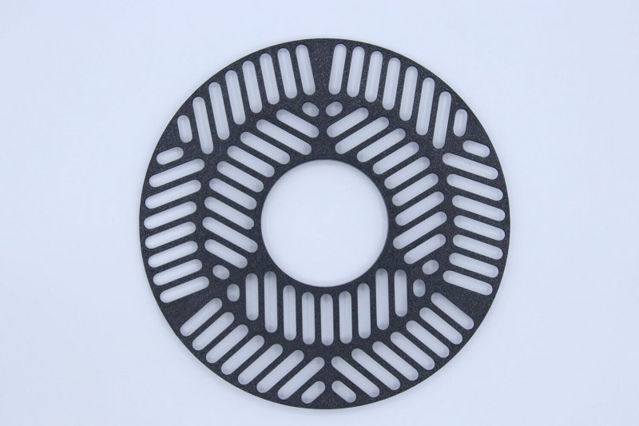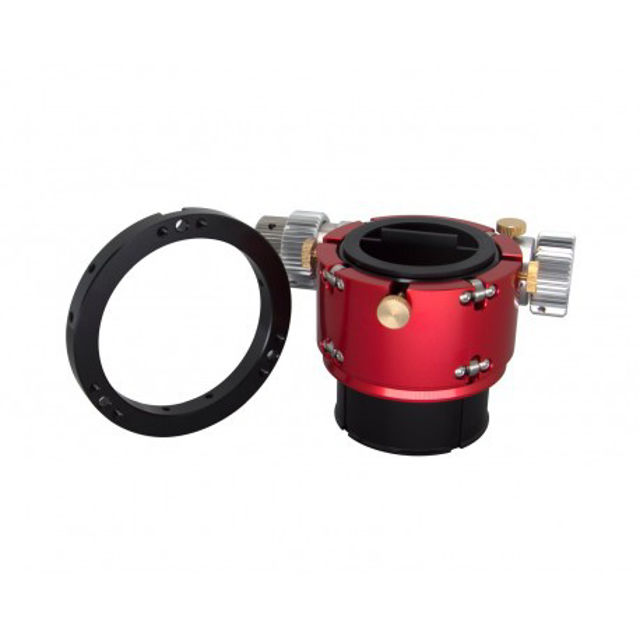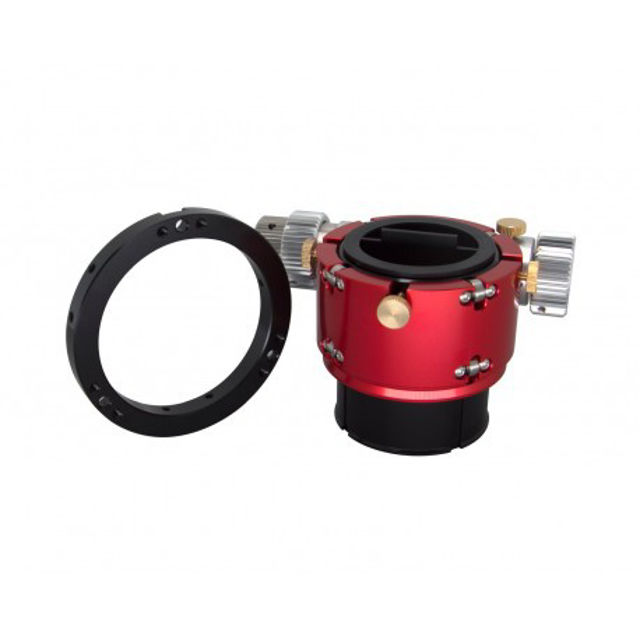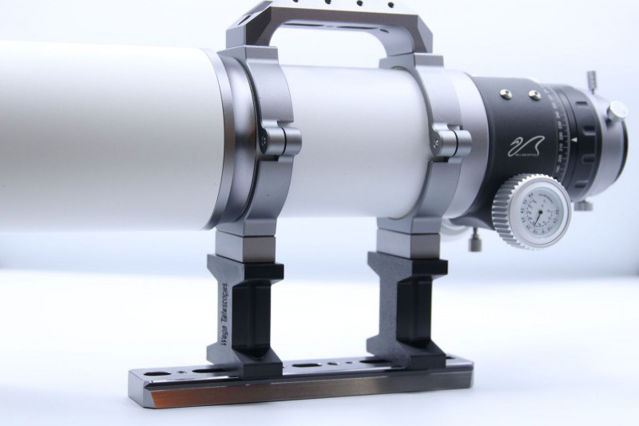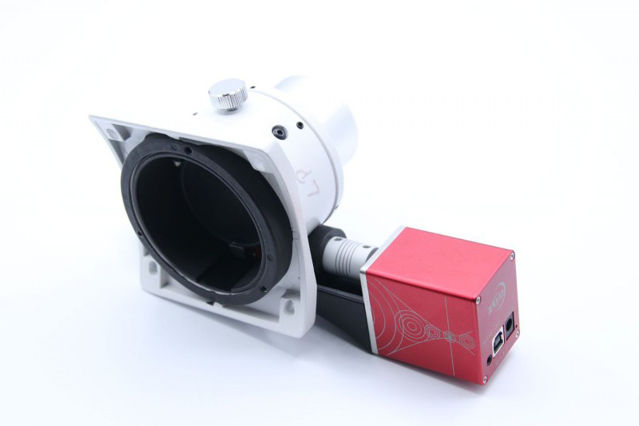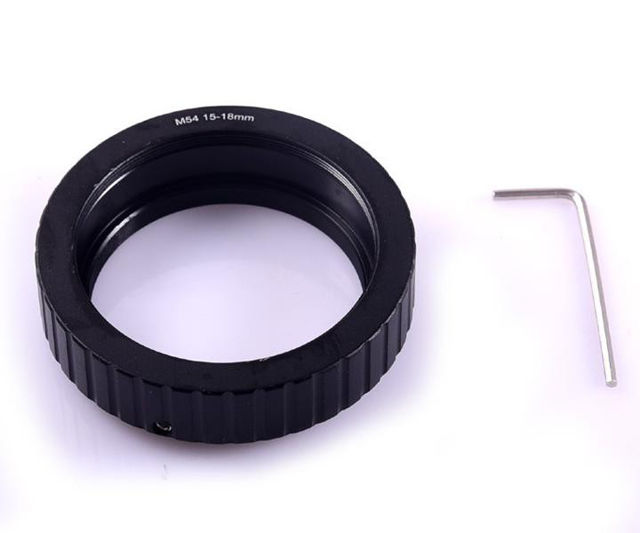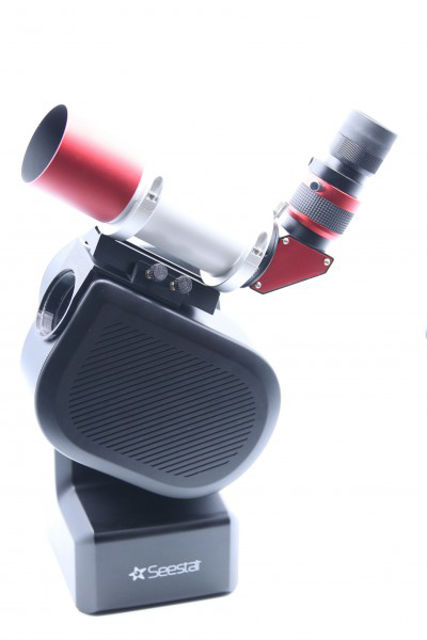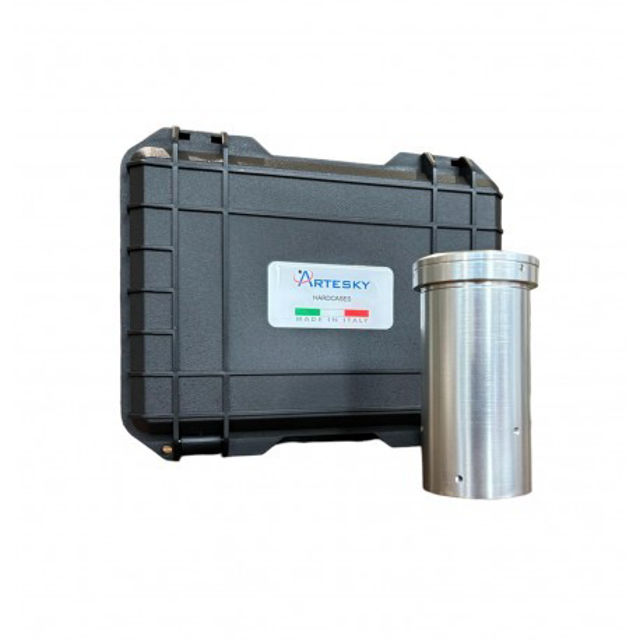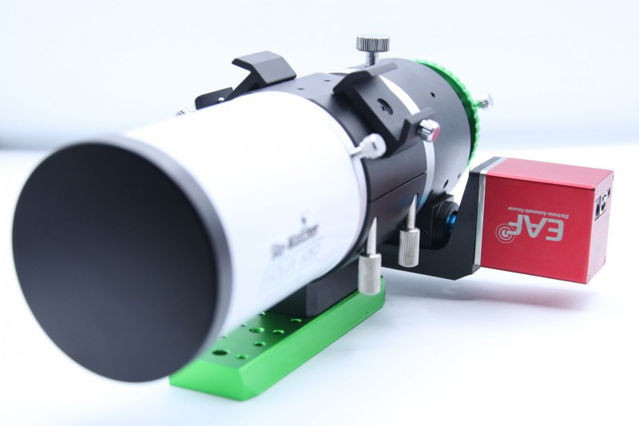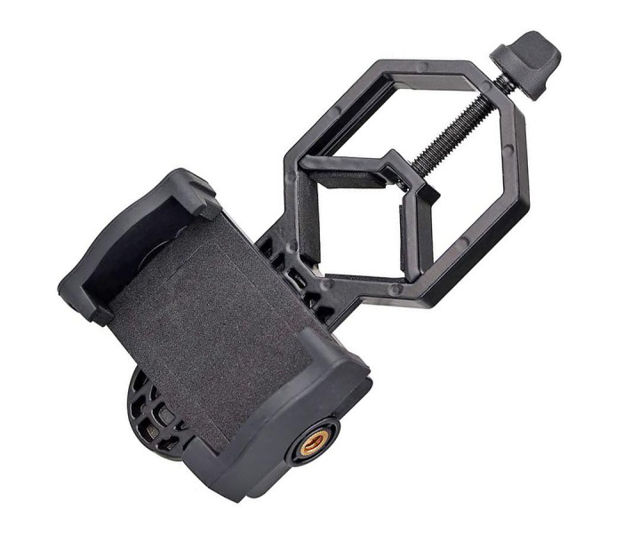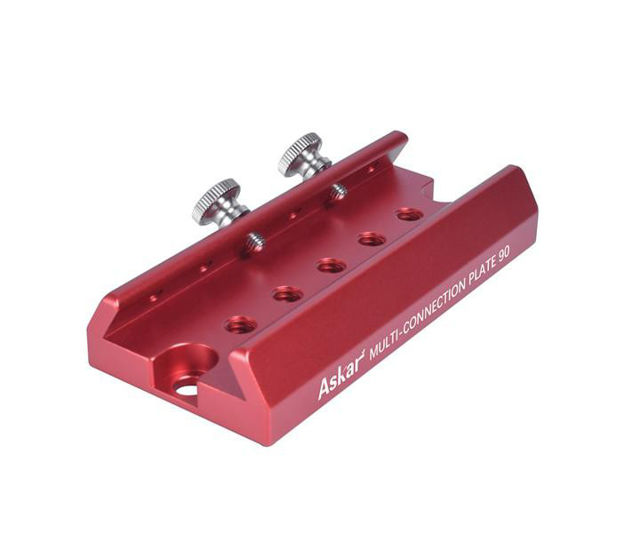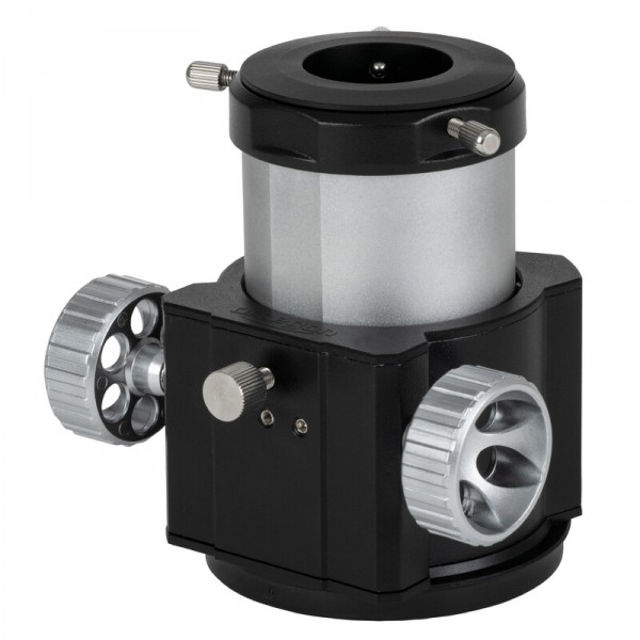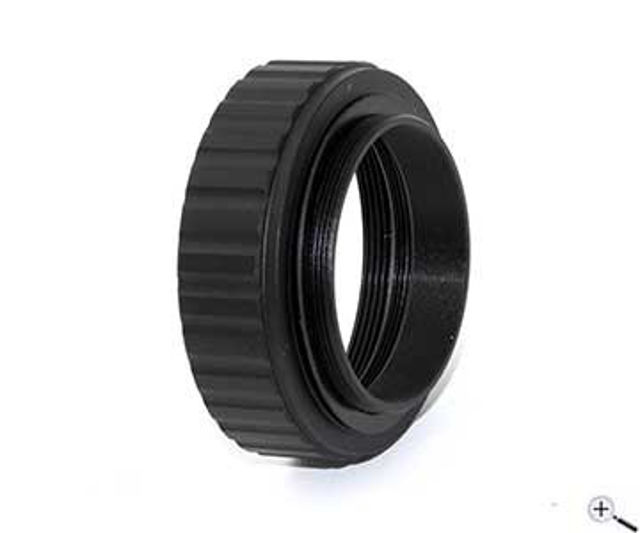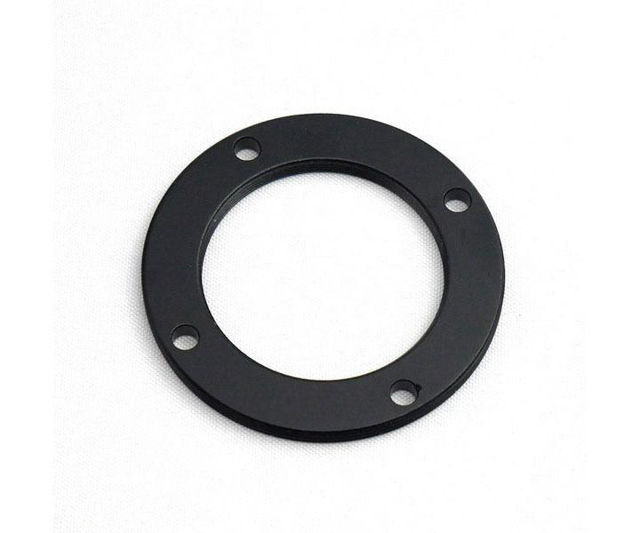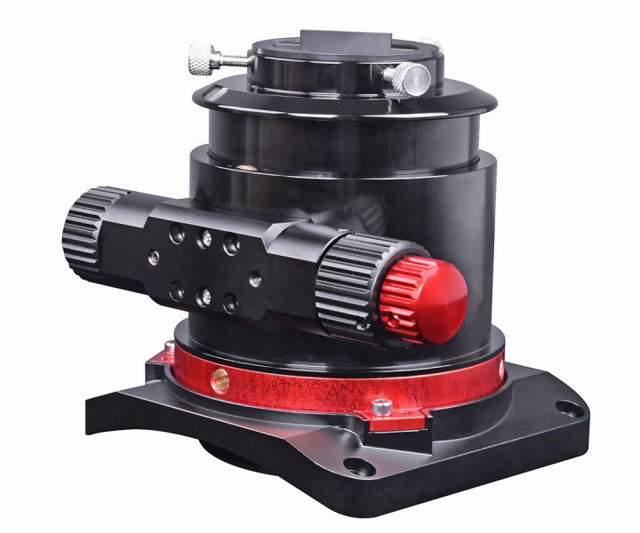Mechanical Accessories
- Home /
- Mechanical Accessories
Mechanical Accessories

Little things and components for Self-Made-Man, accessories and adapters, updates and upgrades. Everything you need and could need can be found here.
The adapter allows connecting T2 rings for (D)SLR cameras for eyepiece projection eyepieces with the M43 thread
Connection at eyepiece side: M43 thread, female Connection at camera side: T2 (M42x0.75) thread, male For the classic eyepiece projection with single-lens reflex cameras Length 25 mm for better illumination and a better magnification factor
Fixation with three M4 grub screws For reproducible focus position of 3" correctors on focusers with 3" clamping Simply slide over the 3" sleeve of the corrector and clamp
Built-in temperature sensor Zero backlash Manual adjustment Position memorizing during power off
Telescope connection: female M117x1 thread with 360° rotation Can also be attached to refractors via special adapter Connection on the eyepiece side is 2" and 1.25" M82x1 male thread, M77x1 female thread, M74x1 male thread and M69x1 female thread for screw adaptations Drawtube travel is 50 mm Bearing via stainless steel rail with ball bearings Adjustment via toothed rack - rack-and-pinion principle Suitable for EAF motorized focus without additional adapter
TS-Optics Adaptor with female T2 thread and male M48x0,75 filter thread
The adapter extends a male T2 thread to M48x0.75 (2") filter thread without increasing the length.
- Female thread: continuous T2 - M42x0.75
- Male thread: continuous 2" filter thread - M48x0.75
- Length: 4 mm - the mechanical length is optically not effective, as the adapter is completely sunken in the connection adapter
Artesky Fast Focus Plane Kit
Allows easy adjustment of the focal plane and backfocus
- Tilter unit with 36 to 39 mm thickness
- Three female adapters, four male adapters
- Works especially well with CMOS cameras with up to 17.5 mm backfocus
- The new version of the OCAL collimator uses a larger front lens and a CMOS sensor. The new sensor is much more light sensitive. This allows adjustment even under darker conditions. If the image is too bright, you can adjust down via gain and exposure time.
- The improved optics of the OCAL version 3.0 ensure that critical areas can now be focused even better.
- The area in the center around the lens of the OCAL is now easier to distinguish from the background. This enables clean alignment even under difficult conditions, for example when a center mark obscures the lens.
- The clarity of the image has been significantly improved. Especially with a corrector connected, the image is now much better than with previous models.
- Suitable for Windows and Android.
Temperature Adaptability: Onboard temperature sensor?working with the software to adjust focusing based on environmental temperature changes
- focusers from TS-Optics, Astroshop and many other brands
- Enables the use of the EAF motorised focus system from ZWO
- Manufactured using 3D printing
- Resistant to UV and temperatures up to approx. 80° C
- The Omegon focuser and the ZWO EAF are not included in the scope of deliver
Item condition: new and original packed
Item condition: new and original packed
Item condition: new, but not original packed
Versatile base for flat surfaces, suitable for UNCN2, UNCN2-S, GSO focusers and older Baader Steeltrack focusers
- Flat support surface with only 5.2 mm overall height
- Four elongated holes for exact adjustment of the focusers
- Four counter screws to compensate a tilted position of the focuser
- Suitable for all focusers with a dovetail ring between 76-78 mm on the telescope side
- Secure fastening of the focusers with four M3 grub screws - not included in the scope of delivery
- 2" CNC focuser
- 10 bearings in total
- zero deflection
- maximum load 4 kg
- cross-tooth rack
- low profile 44mm
- weight 740 grams
- compatible with EAF motors, Pegasus, Tecnosky etc.
- 60mm excursion
- Place the mask on the telescope and point it at a bright star.
- Switch on the camera and observe the constellation on Live View or on the computer.
- f the image is not exactly sharp, the centre line is shifted. Adjust the focuser until the central line runs exactly through the centre of the star.
- You have now achieved optimum sharpness. Remove the mask from the telescope again and you can start exposing the image.
- Place the mask on the telescope and point it at a bright star.
- Switch on the camera and observe the constellation on Live View or on the computer.
- f the image is not exactly sharp, the centre line is shifted. Adjust the focuser until the central line runs exactly through the centre of the star.
- You have now achieved optimum sharpness. Remove the mask from the telescope again and you can start exposing the image.
- Place the mask on the telescope and point it at a bright star.
- Switch on the camera and observe the constellation on Live View or on the computer.
- f the image is not exactly sharp, the centre line is shifted. Adjust the focuser until the central line runs exactly through the centre of the star.
- You have now achieved optimum sharpness. Remove the mask from the telescope again and you can start exposing the image.
- Place the mask on the telescope and point it at a bright star.
- Switch on the camera and observe the constellation on Live View or on the computer.
- f the image is not exactly sharp, the centre line is shifted. Adjust the focuser until the central line runs exactly through the centre of the star.
- You have now achieved optimum sharpness. Remove the mask from the telescope again and you can start exposing the image.
- Place the mask on the telescope and point it at a bright star.
- Switch on the camera and observe the constellation on Live View or on the computer.
- f the image is not exactly sharp, the centre line is shifted. Adjust the focuser until the central line runs exactly through the centre of the star.
- You have now achieved optimum sharpness. Remove the mask from the telescope again and you can start exposing the image.
- Place the mask on the telescope and point it at a bright star.
- Switch on the camera and observe the constellation on Live View or on the computer.
- f the image is not exactly sharp, the centre line is shifted. Adjust the focuser until the central line runs exactly through the centre of the star.
- You have now achieved optimum sharpness. Remove the mask from the telescope again and you can start exposing the image.
- Place the mask on the telescope and point it at a bright star.
- Switch on the camera and observe the constellation on Live View or on the computer.
- f the image is not exactly sharp, the centre line is shifted. Adjust the focuser until the central line runs exactly through the centre of the star.
- You have now achieved optimum sharpness. Remove the mask from the telescope again and you can start exposing the image.
- Place the mask on the telescope and point it at a bright star.
- Switch on the camera and observe the constellation on Live View or on the computer.
- f the image is not exactly sharp, the centre line is shifted. Adjust the focuser until the central line runs exactly through the centre of the star.
- You have now achieved optimum sharpness. Remove the mask from the telescope again and you can start exposing the image.
- Place the mask on the telescope and point it at a bright star.
- Switch on the camera and observe the constellation on Live View or on the computer.
- f the image is not exactly sharp, the centre line is shifted. Adjust the focuser until the central line runs exactly through the centre of the star.
- You have now achieved optimum sharpness. Remove the mask from the telescope again and you can start exposing the image.
Key data:
- 60mm focussing travel
- Load capacity up to 5 kg
- 1:10 reduction ratio
- Weight 700g
- Suitable for Skywatcher Newtonian telescopes
- Incl. Skywatcher adapter (round adapter/ notch adapter)
Key data:
- 35mm focussing travel
- Load capacity up to 5 kg
- 1:10 reduction ratio
- Weight 700g
- Suitable for Skywatcher Newtonian telescopes
- Incl. Skywatcher adapter (round adapter/ notch adapter)
- Vixen GP and SX mounts
- Skywatcher EQ3 to EQ5 and H-EQ5
- various dovetail clamps with Vixen level and many more
- Suitable for Skywatcher Quattro Newt on Linear Power focusers
- Enables the use of the EAF motorised focus system from ZWO
- Manufactured using 3D printing
- Resistant to UV and temperatures up to approx. 80° C
- The Skywatcher Linear Power focuser is not included in the scope of delivery
- Vixen GP and SX mounts
- Skywatcher EQ3 to EQ5 and H-EQ5
- various dovetail clamps with Vixen level and many more
- Vixen GP and SX mounts
- Skywatcher EQ3 to EQ5 and H-EQ5
- various dovetail clamps with Vixen level and many more
Allows you to fine-tune the backfocus without bending
- Higher precision than with fine tuning rings
- Adjustment range of 3 mm
- Optical path of 15 to 18 mm
- Reliably locked with 3 grub screws
The Artesky 650nm laser collimator is crafted from brushed aluminum with a precisely calculated diameter of 2" (50.8mm), fitting perfectly into your focuser! The projected laser beam, certified with a wavelength of 650nm, is very thin and well-defined so you can perform collimation both at night and during the day.
The SMH-DEL smartphone holder allows astrophotography, animal photography and also photography of the microcosm with your smartphone.
- Fits all eyepieces from 25 mm to 48 mm in diameter.
- Holds all common smartphones from 55 mm to 100 mm wide
- The camera can be brought exactly over the eyepiece in just a few steps
- The smartphone is clamped gently, a protective layer of foam prevents scratches on the smartphone
- The highlight - an extra 1/4" photo thread also allows the smartphone to be attached to photo tripods
- The smartphone adapter is made of metal - stability and durability are therefore guaranteed
- Suitable for astrophotography, wildlife photography, microscopy and much more, with the appropriate instrument (we will be happy to advise you)
The MCP90 is a universal plate for all potential devices equipped with a standard Vixen dovetail foot and designed for the Askar FRA400/5.6 astrograph.
- 100 mm length for more flexibility
- Clamps safely with two screws
- Versatile with six positions for the clamping screws
- Five threaded holes and two countersunk bores for attaching to handle or tube rings
The highlights at a glance:
- Ball bearing 2" focuser: optimise your telescope with a more precise focuser for observation and photography
- Easy focusing: so you will be able to focus fast and not overshoot the target
- Adjustable: the friction can be adjusted
- 1kg load capacity. In addition, you can use the locking screw to fix the focus at any time if it should no longer deviate from the current setting.
- Focus on the point even at higher magnification
- 78mm diameter connector
- 59mm draw tube travel
- Height: 76mm to 2" adapter
- Incl. 2" to 1.25" adapter with filter thread (only 3mm optical travel)
- Weight 492g
Short adapter from 2" SC thread to T2 - length approx. 10 mm - for focal photography with Schmidt-Cassegrain telescopes.
- Telescope side connection: SC thread, female;
- Camera side connection: T2-thread (M42x0.75), male;
- Extremely short with only 10 mm length;
- Fits to all SC threads from Celestron, Meade, Sky-Watcher, Orion and to all construction types, like Schmidt-Cassegrain, Edge-HD, ACF;
- With this adapter and an optional T2 ring, you can attach your SLR directly to the telescope for doing focal photography.
The short adapter allows using 1.25" filters directly in front of the sensor.
- Male thread: T2-thread (male)
- Female thread: M28 filter thread / 1.25" filter thread (female)
- The adapter is so short that the female T2 thread of the ASI camera can be fully used for connection - see image at left
The rack and pinion focuser is suitable for do-it-yourself construction or improvement of an 8" Newtonian telescope and also accepts correctors with 3" diameter.
- Suitable for telescope tubes with 230mm to 250mm diameter
- Including 360° rotation and tilting possibility
- 2" connection and auxiliary thread M82x1 (female) for adapting large correctors for astrophotography
- Micro-reduction for precise focusing
- The bearing of the extension tube is decoupled from the adjustment via gear drive (rack-and-pinion)
